What’s the difference between the wide and thin version of the Beretta Tomcat 3032?
The eleven years after the Bobcat debuted, the beefed up .32 ACP Beretta 3032 Tomcat arrived. Too bad all that engineering didn’t work.While the mass of the slide was increased to handle a cartridge with twice the power of the .25 ACP, and the frame strengthened with the revised trigger guard, these modifications still weren’t enough for the frame to reliably handle the battering from the slide. Internal cracking of the frame just above the trigger began showing up in many of the original Tomcats. These cracks were in a non-structural portion of the frame, but that did nothing to alleviate concerns from unhappy owners; and if the cracked metal displaced upward even slightly, the damaged frame would rub against the slide preventing proper cycling and causing jams.
HOW DO YOU KNOW THE DIFFERENCE?
Beretta Tomcat 3032 narrow – Serial number DAA328895
Beretta Tomcat 3032 wide – Serial number DAA5422351
The solution was to increase the slide mass even more to further reduce slide velocity. The result was the Beretta 3032 “wide slide” Tomcat. But not only was the slide widened, now matching the width of the grips, the side rails of the slide were also raised. The raised rail on the right side of the pistol is lowered forward of the breech face to accommodate ejection of the spent casing. If you happen upon a used Tomcat and want to know if it is an early version or a later wide-slide variant, just look for this area on the right side (see the photos below). On an original 3032 the right-side rail will have a uniform height the entire length. The wide-slide right rail will be lowered forward of the breech face.
Now for some interesting design notes and observations:
- The Tomcat is a true blow back design, clear down to case ejection. Look at the tipped-up barrel and you’ll notice something is missing. There’s no extractor. The spent case is blown out of the barrel rather than being pulled out at the end of an extractor hook
- The closed barrel is under tension from a leaf spring in the frame, so when the barrel release lever is pushed the barrel pivots upward with enough velocity to toss a loaded cartridge right out of the chamber. Considering that a standard “tap-rack-bang” drill won’t work in a gun that lacks an extractor, this is a rather ingenious solution to quickly removing a dud cartridge.
- The Tomcat lacks a decock, but that’s not a problem. If you want to safely decock the loaded weapon, just tilt the barrel, pull the trigger, and gently lower the hammer with your thumb (Beretta recommends against dry fire, so don’t let the hammer just fall). Using this procedure, it’s not even necessary to remove a loaded magazine to safely decock the weapon. Once the Tomcat is decocked, just push the barrel with the chambered round back into place.
- One other “missing” piece. Below is an image of the exposed frame and the underside of the slide. Notice that there is no recoil spring? Actually, there are two of them, but they are hidden behind the grips. When the slide travels rearward, two slots on the underneath sides of the slide engage levers on either side of the frame above the grips. These levers compress the hidden recoil springs downward.
Beretta 3032 Tomcat specifications:
- Trigger: Double-action/single-action; cocked-and-locked capable
- Caliber: .32 ACP/7.65 mm
- Capacity: 7+1
- Steel slide, alloy frame
- Length: 4.92 inches/125 millimeters
- Width: 1.1 inches/28 mm
- Height: 3.7 inches/94 mm
- Weight with empty 7-round magazine (as measured by the author):
- Early thin-slide Tomcat 14.38 ounces/408 grams
- Later wide-slide Tomcat 15.72 ounces/446 grams
- Barrel length: 2.4 inches/61 mm
After only two years of U.S. production the Model 21A Bobcat replaced the Model 20 in 1985. The Model 21A was available in both .25 ACP/6.35x16mmSR and .22 LR/5.6x15mmR (R = Rimmed cartridge). Some differences between the Model 21A and its predecessor:
- An increase in grip length and girth
- Increase in weight
- Improved manual safety
- Addition of a half-cock position
- Matte finish replacing the previous high-gloss bluing
- Stainless “INOX” version
Source: Pocket Pistol Week — Beretta Tomcat | R. Doug Wicker — Author

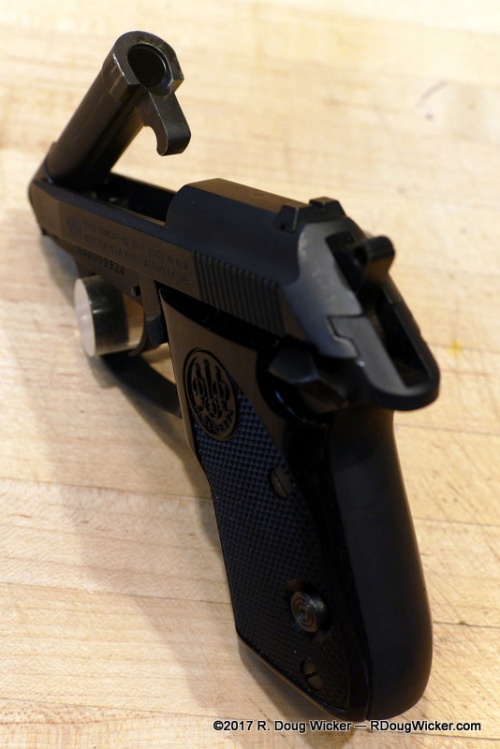
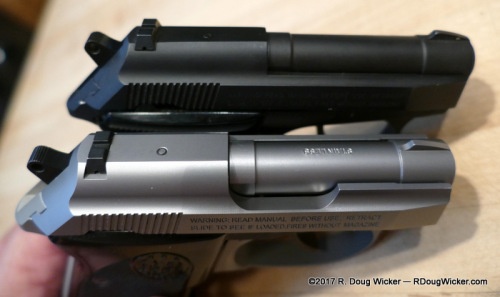
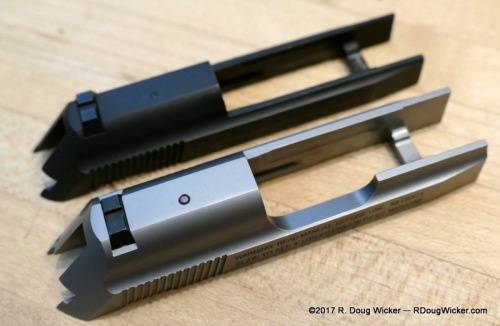
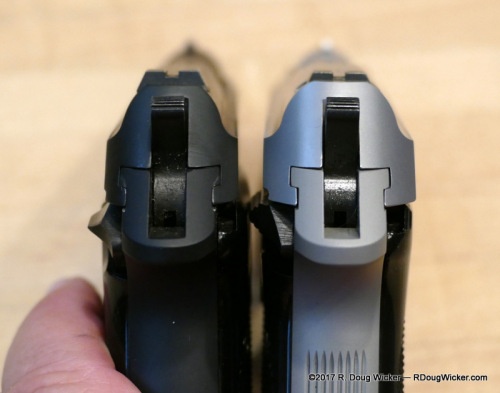
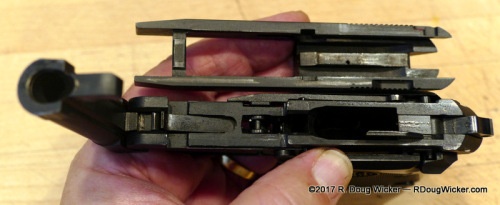
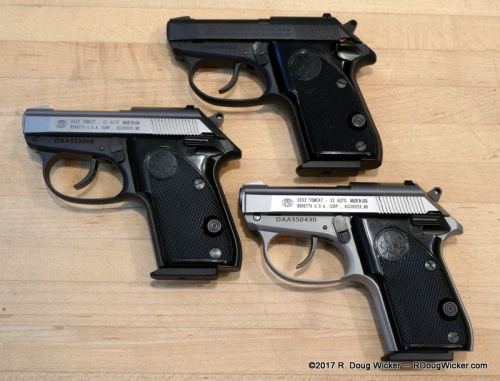
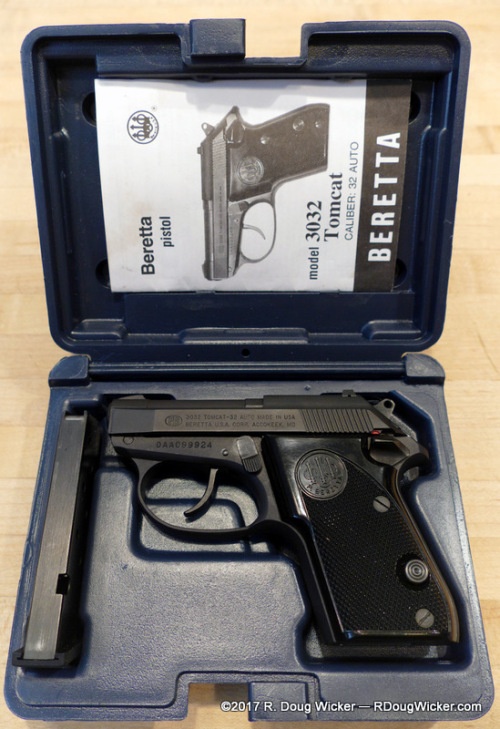
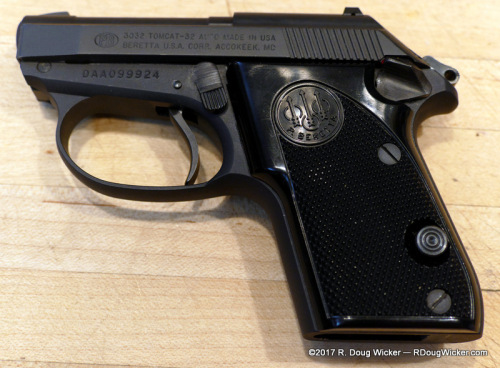
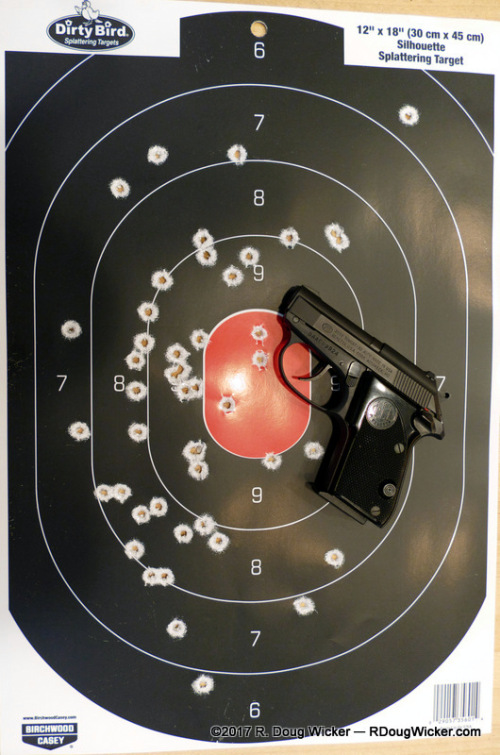
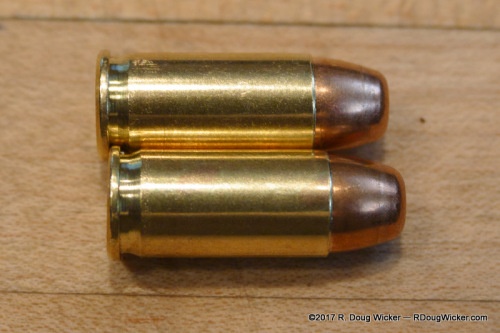
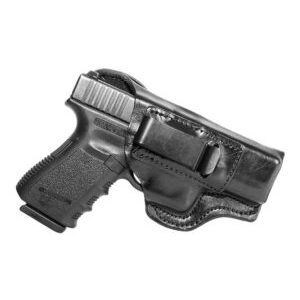
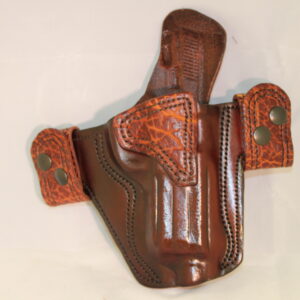
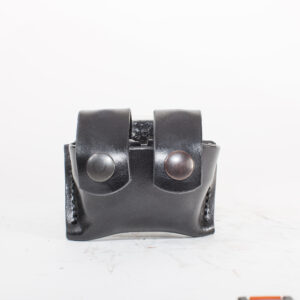
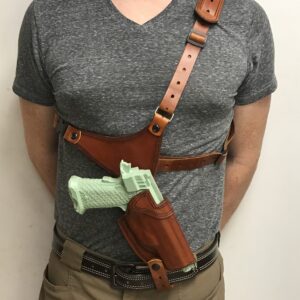
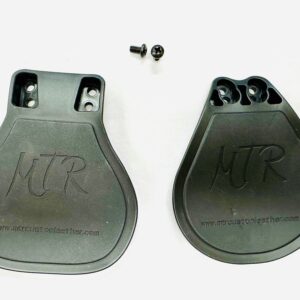
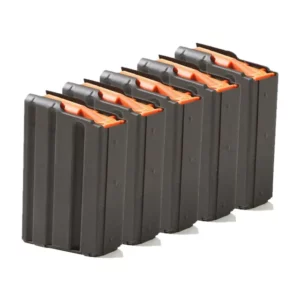
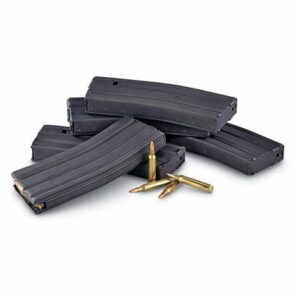
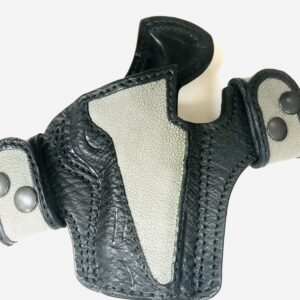
Recent Comments